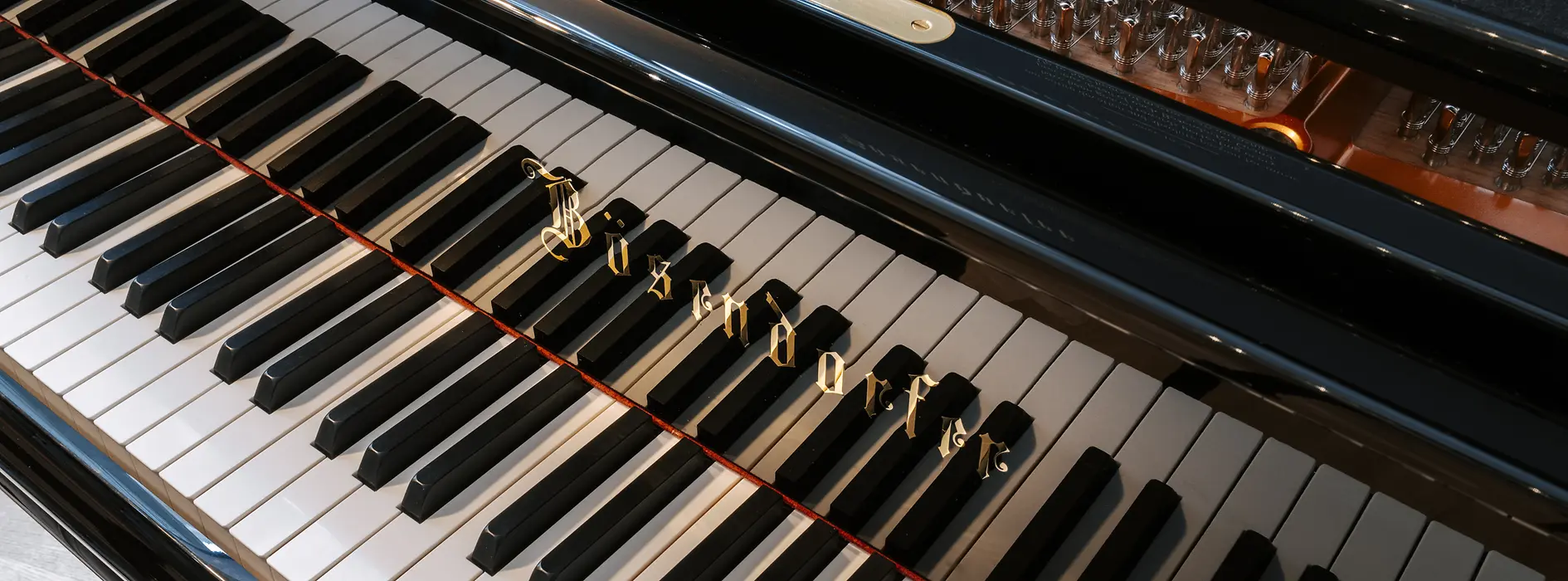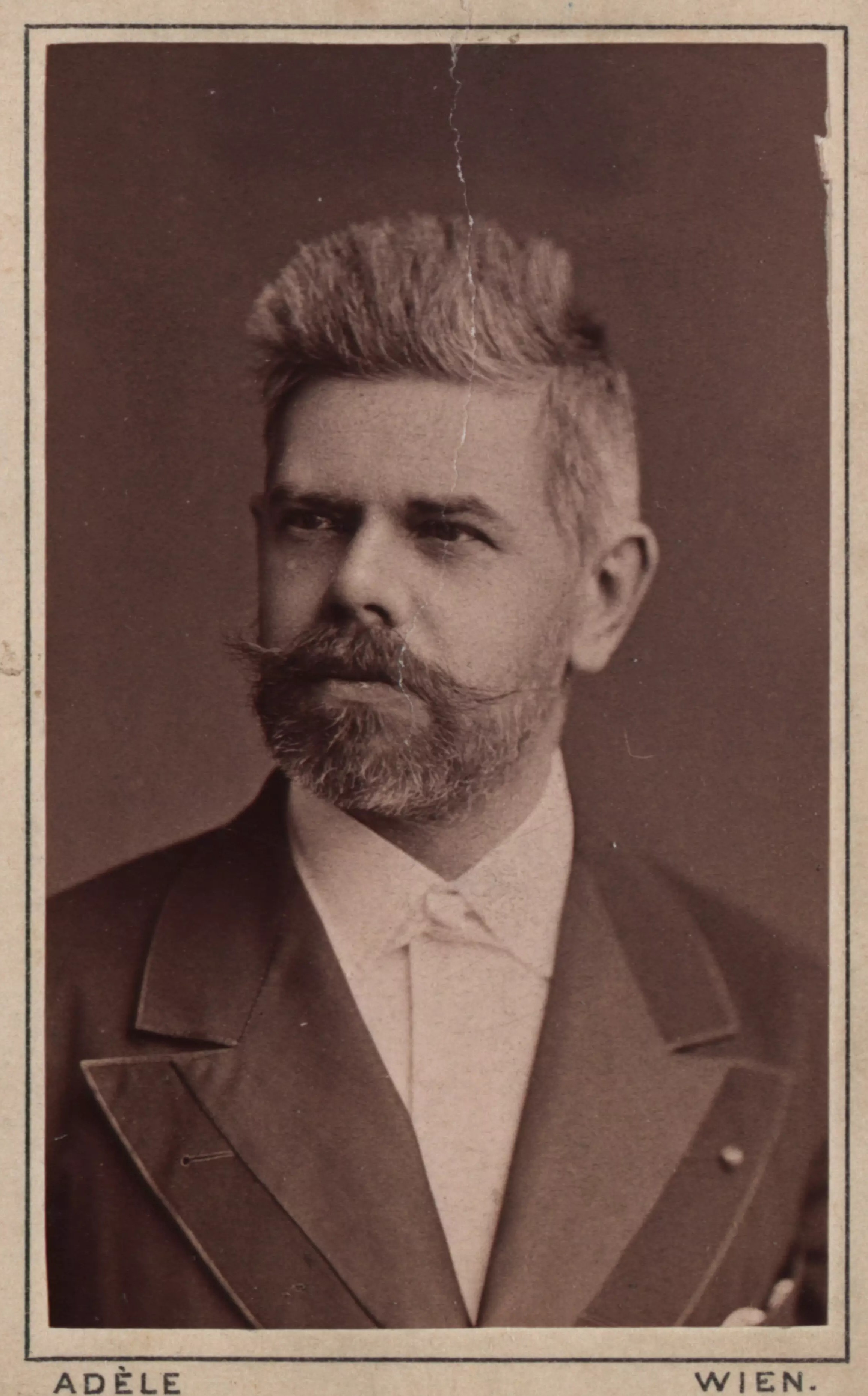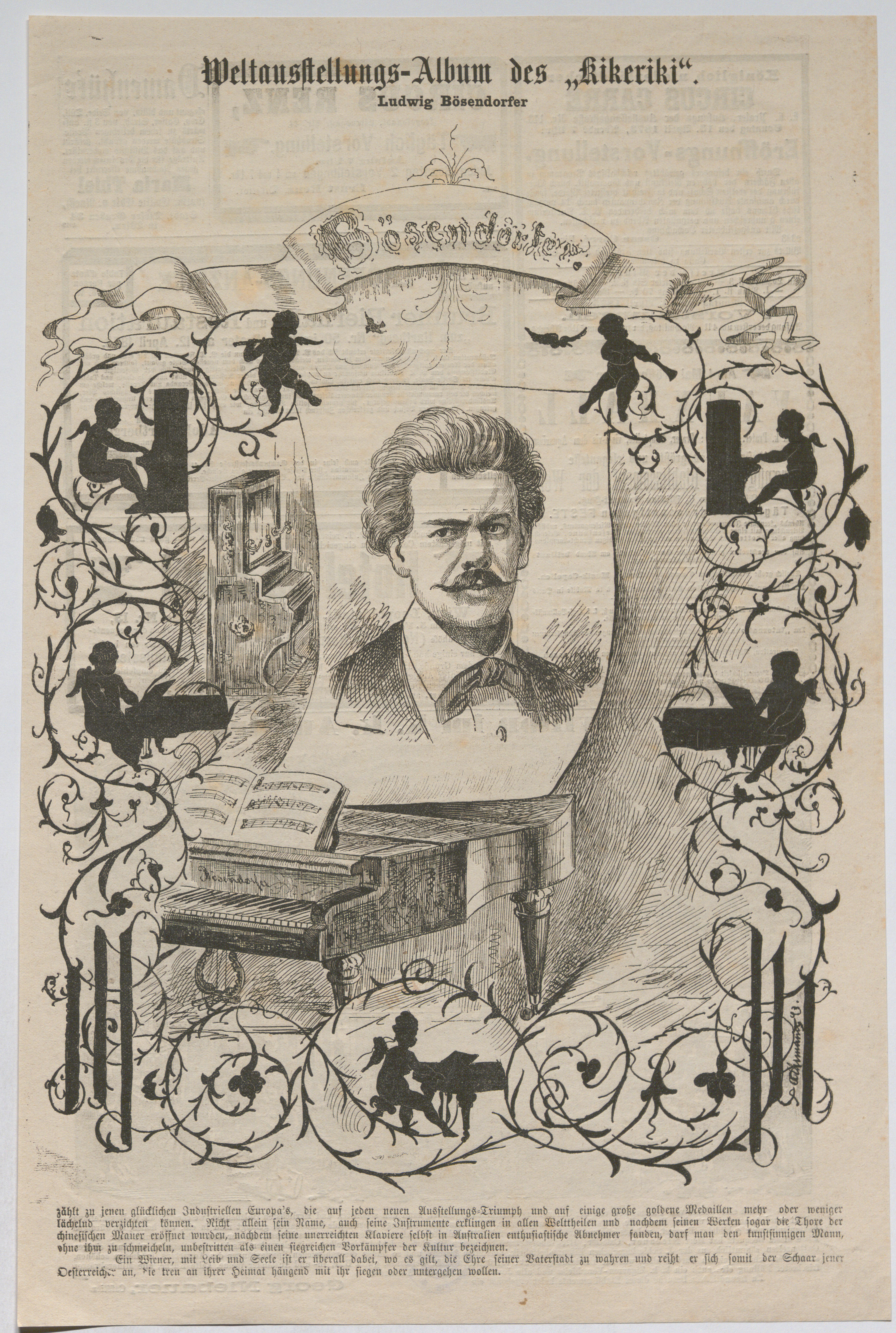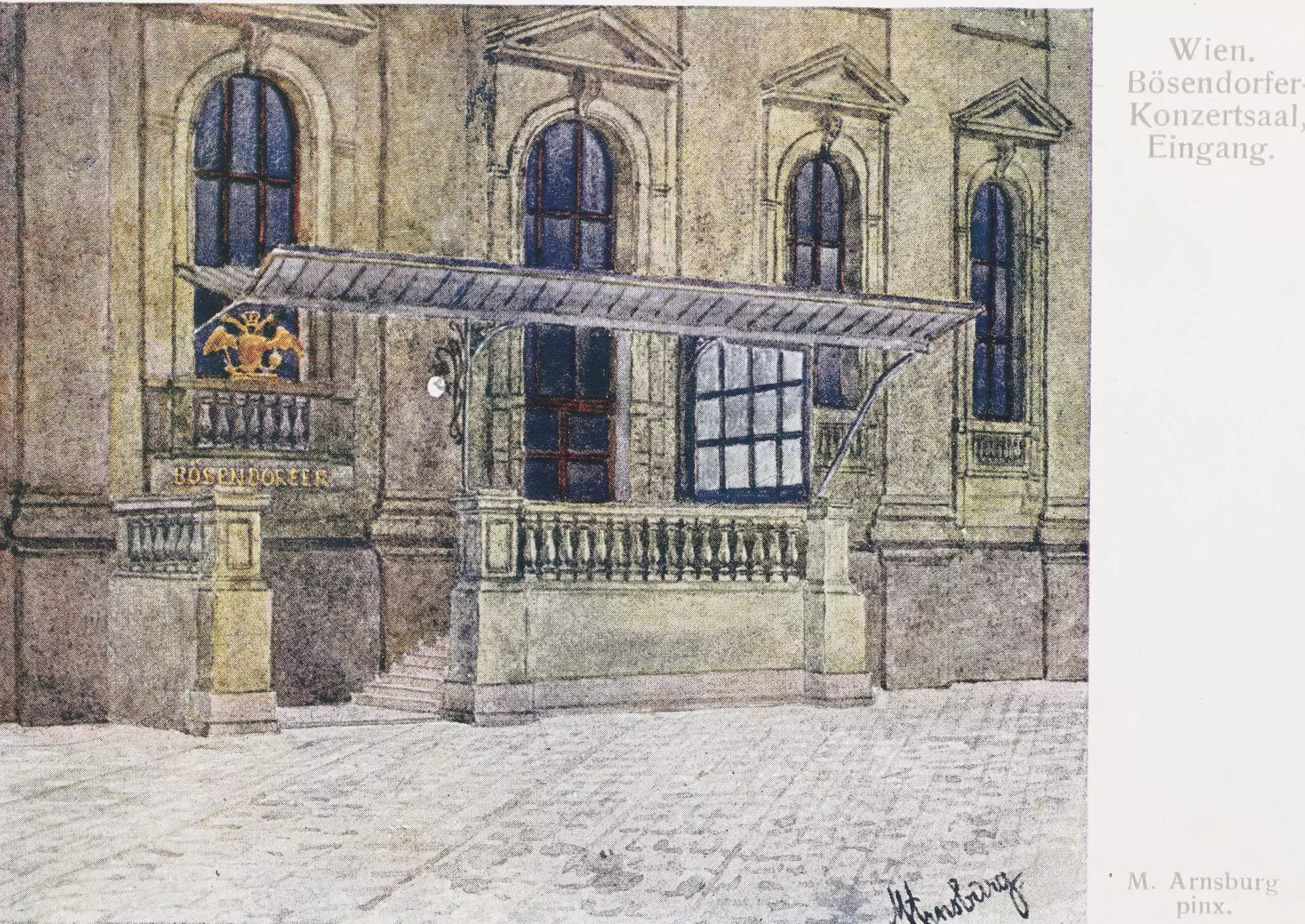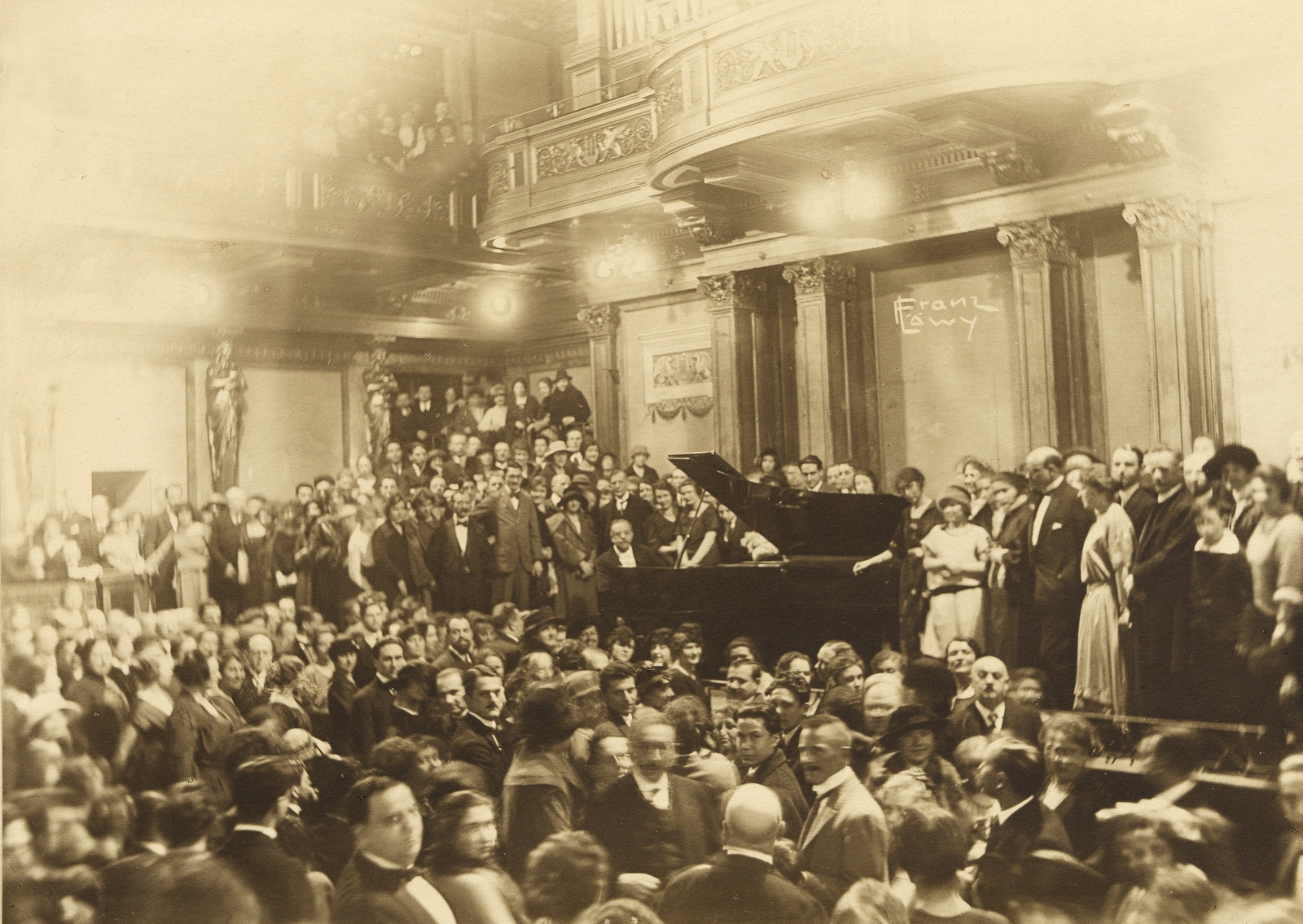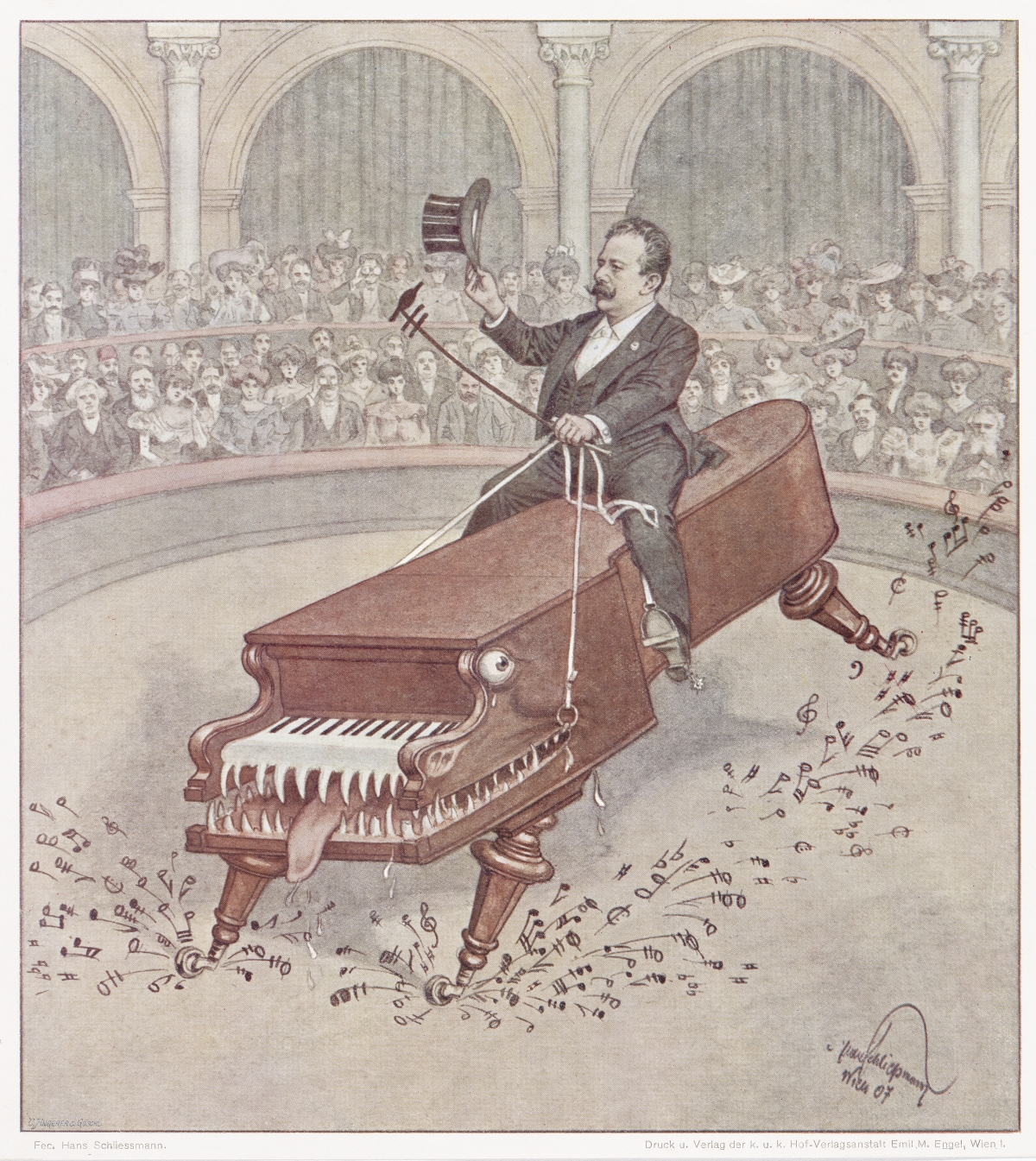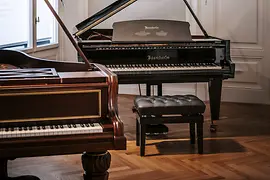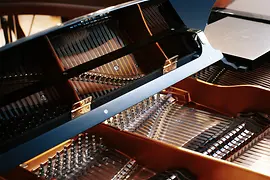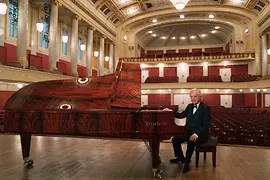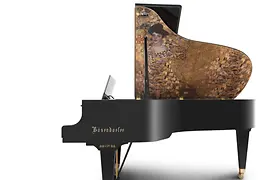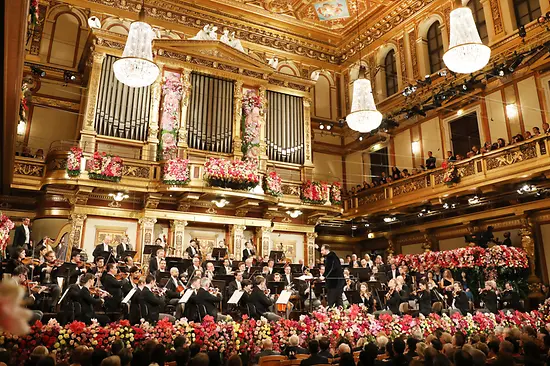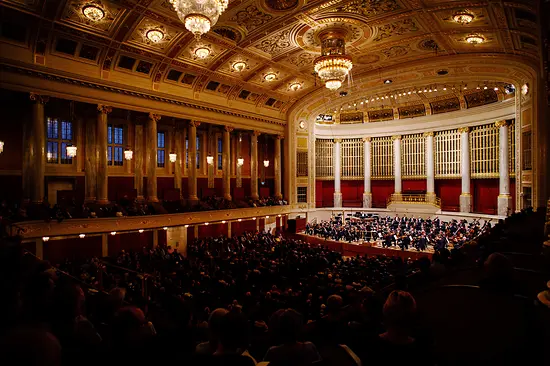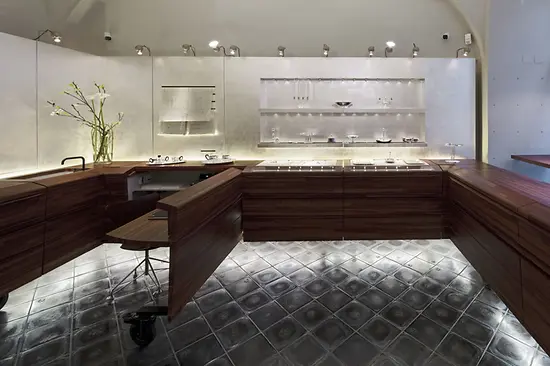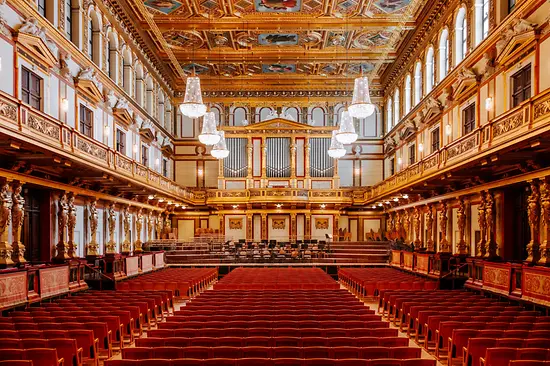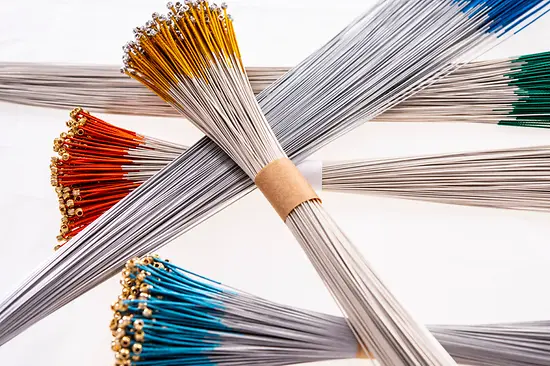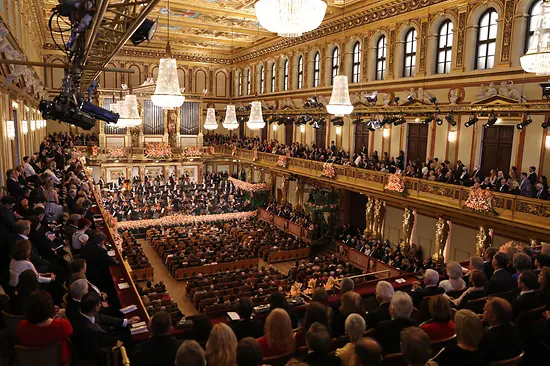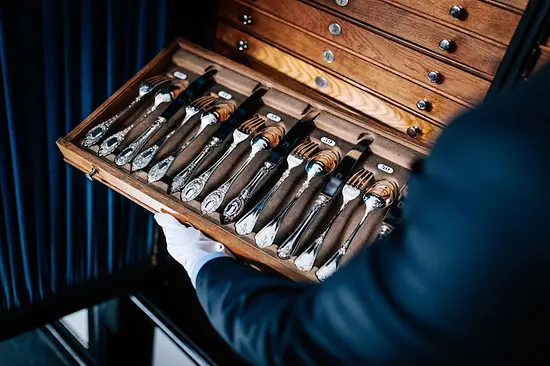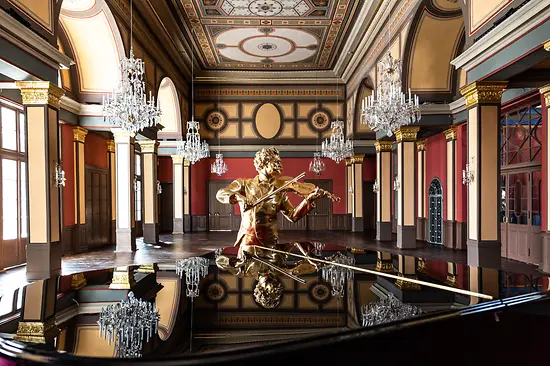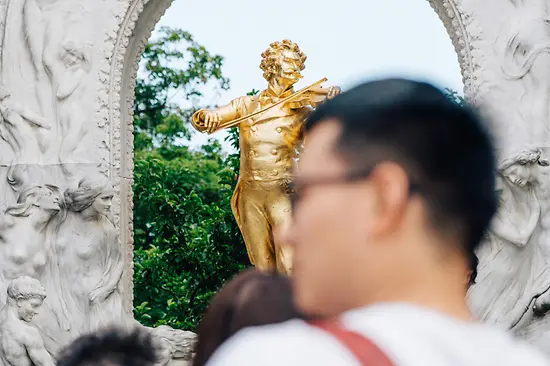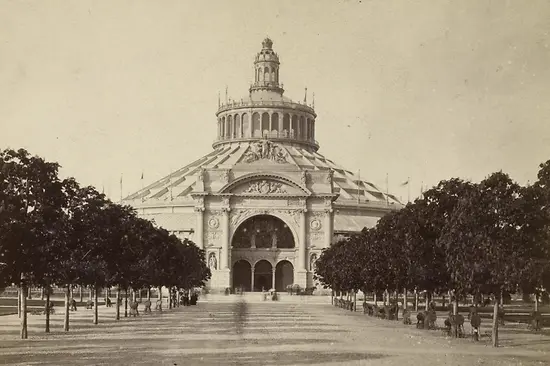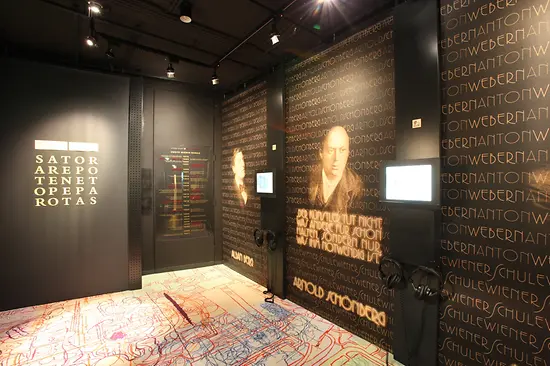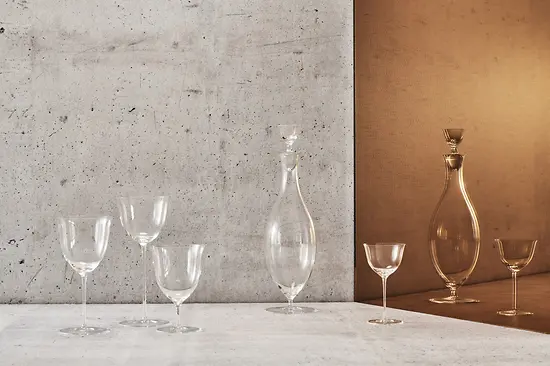Bösendorfer piano factory
Music and sound in perfect harmony – it has to be Vienna. The city has not only always been home to world-famous musicians: instrument makers based here produce the tools that make their incredible feats possible.
200 years as a premium manufactory
The biggest name of them all, Bösendorfer, is almost 200 years old and the oldest piano maker in the premium segment. Over a year of manual work gives rise to an instrument that enchants with the uniquely lively and brilliant Bösendorfer sound and sensitive mechanism.
It all began with the founding of the company by Ignaz Bösendorfer in Vienna in 1828. His son Ludwig (1835-1919) developed the company's global reputation: In 1862, he exhibited his "patent grand" at the World's Fair in London, for which he received an award. The big breakthrough arrived with the 1867 World's Fair in Paris, also for the magnificent exterior design of his grand piano.
Grand piano for empresses
Empress Elisabeth, herself the owner of a grand piano designed specially for her in the "Ringstrasse style", gifted Empress Eugenie (wife of Napoleon III) a grand piano designed by Theophil Hansen, which was auctioned at Sotheby's in 1978 for the staggering amount of DM 400,000.
As a great sponsor of culture, Ludwig Bösendorfer left 14 grand pianos to the Society of Friends of Music in Vienna for their new theater with the Golden Hall – today the Musikverein, also world-famous for the New Year's Concert of the Vienna Philharmonic. As a patron of young pianists, Ludwig Bösendorfer made these high-quality instruments available to them free of charge – these connections were intended to endure.
Stars in the Bösendorfer Hall
The who's who of the concert world performed in the acoustically brilliant Bösendorfer Hall from 1872 until its demolition in 1913: Including Alfred Grünfeld ("Vienna's pianist"), Hans von Bülow, Fritz Kreisler, Sophie Menter, Franz Liszt, Gustav Mahler, Ferruccio Busoni, Max Reger, Anton Rubinstein, Richard Strauss, and Hugo Wolf. These artists contributed hugely to the company's success – the Bösendorfer soundwave rippled around the world.
Innovation then and now
Around 1900, Bösendorfer presented what remains a sonic gem of the company to this day: The concert grand 290, also called "Imperial". It measures 2.90 meters in length and has a tonal range of a full eight octaves. Composers like Busoni, Dohnanyi, and Bartok created pieces that could only be authentically performed on the Imperial. The innovation continues: Today, the VC - Vienna Concert technology combines traditional craftsmanship with the technological possibilities of the 21st century. The result is a seemingly endless variety of sound, unique depths of tone, and space-filling radiance.
The secret of the sound
Only 300 pianos are produced each year nowadays in Wiener Neustadt, just under 48 km outside Vienna – but ‘produced’ is the wrong word: 120 piano-obsessed artisans shape each and every instrument, with painstaking attention to detail. Even the apprentices are given piano lessons. All employees are part of this musical world – which you can hear in the instruments.
In addition to all the passion and care, one kind of tree plays a major role: local spruce. The seasons, the sun, the wind, and the cold allow its wood to mature slowly. It is then left outside to dry in the open air for up to five years before it can be put to use following the Bösendorfer resonance case principle, which states that the starting point and center of the construction plan is the immaterial sound. Bösendorfer builds the instrument “around the sound” for an unmistakable, magical performance.
Each instrument is as individual as its future owner – client's can give free rein to their wishes in terms of color, veneer, initials or personal dedication. The result is a perfectly unique piece of piano making that fascinates both visually and in with regard to its sound.
Vienna city salon
The most talented pianists play Bösendorfers – from Duke Ellington to Oscar Peterson, from the Beatles to Bernstein, from Liszt to Gulda, and from Michael Jackson to Tori Amos.
The showroom – the Bösendorfer Salon and Flagship Store – has been located in the Musikverein building, where the capital’s musical heart beats, since 1914. To play a Bösendorfer here means to touch the sound. And never to forget it again.
Display alternative text
Video: Bösendorfer - simply moving. Hörgenuss der bewegt.
2025: 200. Birthday of Johann Strauss II
Exhibition: Strauss & Bösendorfer
A small but excellent exhibition in the Vienna Stadtsalon of the Bösendorfer Piano Manufactory
The master piano maker Bösendorfer and Johann Strauss the Younger knew each other from the social scene and even had the same publisher in the late 1850s. However, it would be another 40 years before their acquaintance developed into a friendship. Johann Strauss composed the waltz “Rathaus-Ball-Tänze op. 438” for the City of Vienna’s first ball to mark the opening of the City Hall ballroom on February 12, 1890. Bösendorfer, who was present at the ball, wrote to Strauss to congratulate him on the “brilliant Rathaus Waltz”. Strauss thanked him and invited Bösendorfer to a game of tarot. A friendship was born. “If I were to be born again, I would like to be Johann Strauss,” Ludwig Bösendorfer was quoted as saying in the ‘Illustriertes Wiener Extrablatt’ on October 14, 1894, on the occasion of his esteemed friend’s 50th anniversary as an artist.
Ludwig Bösendorfer gave Strauss a 186 cm long grand piano for his 71st birthday on October 25, 1896, which can be seen today in the Johann Strauss Apartment at Praterstraße 54.
Expected to run until the end of 2025 in the Bösendorfer Salon.
Info about the exhibition
Free admission! Exhibition with audio guides and QR codes.
- Bösendorferstraße 12/Canovagasse 4, 1010 Wien
- salon@boesendorfer.com
- http://www.boesendorfer.com
Opening times
- Mo - Fr, 10:00 - 18:00
During the summer months of July and August, the salon is closed on Saturdays.
